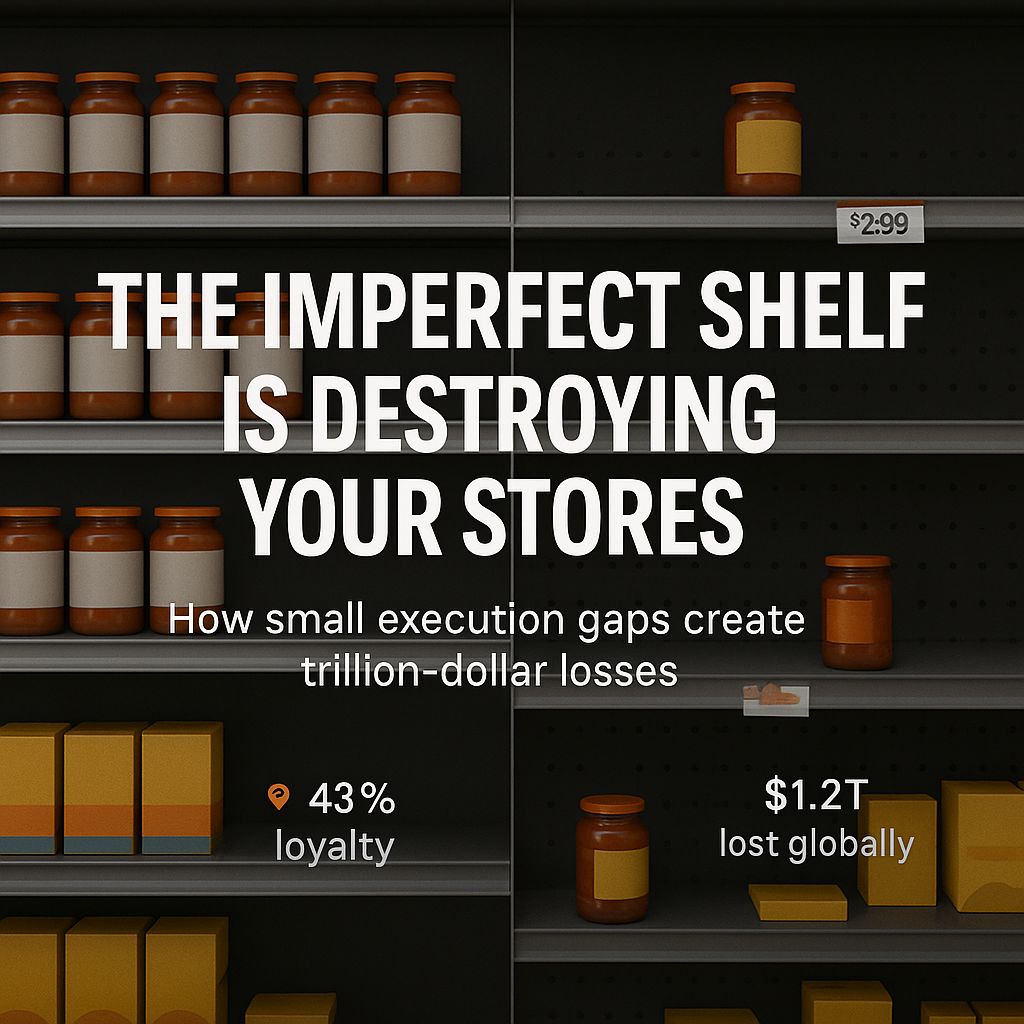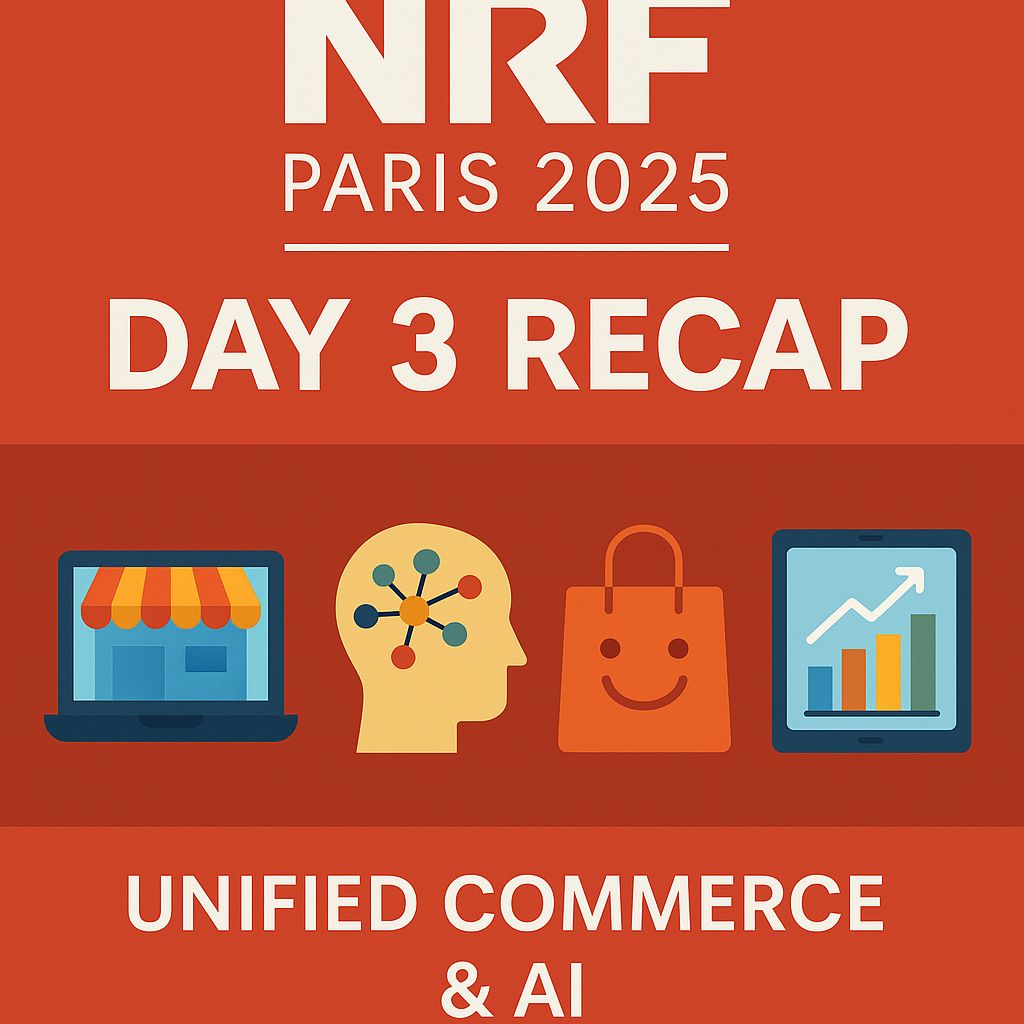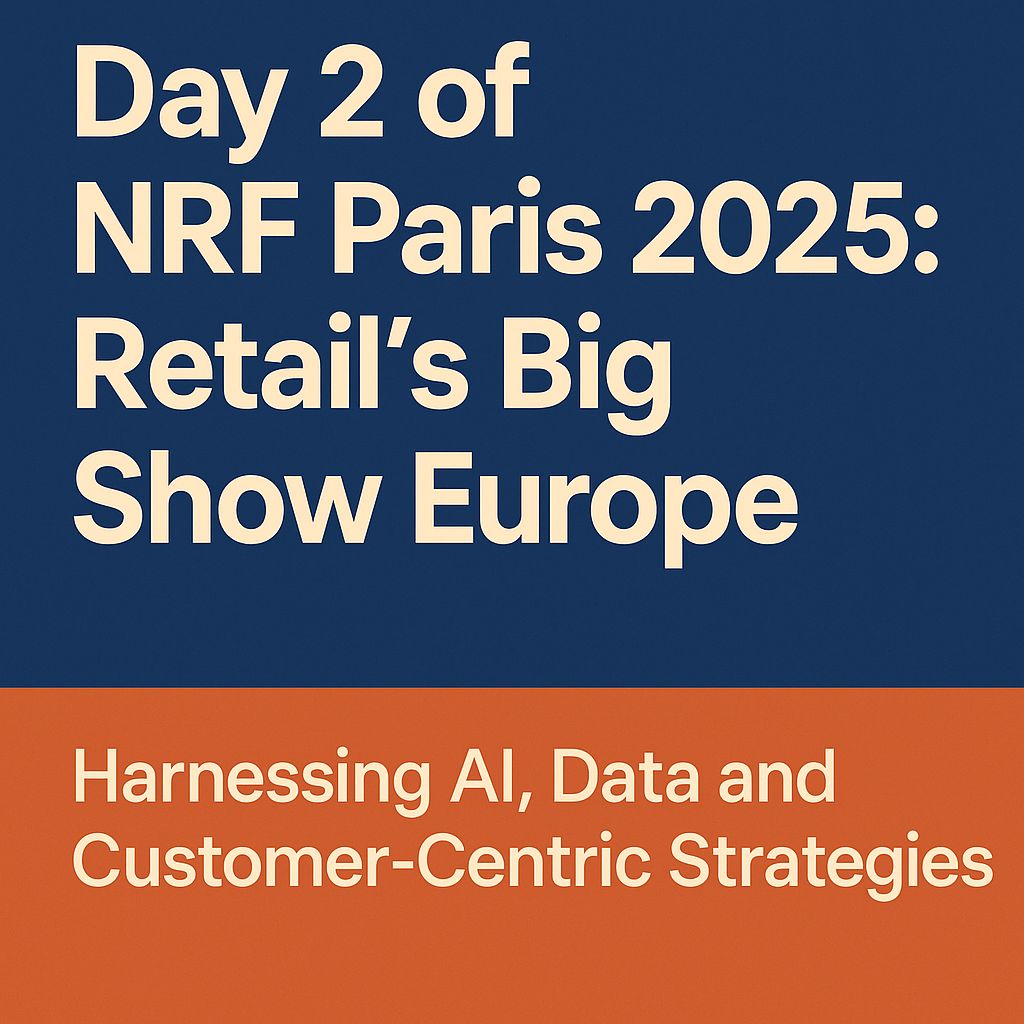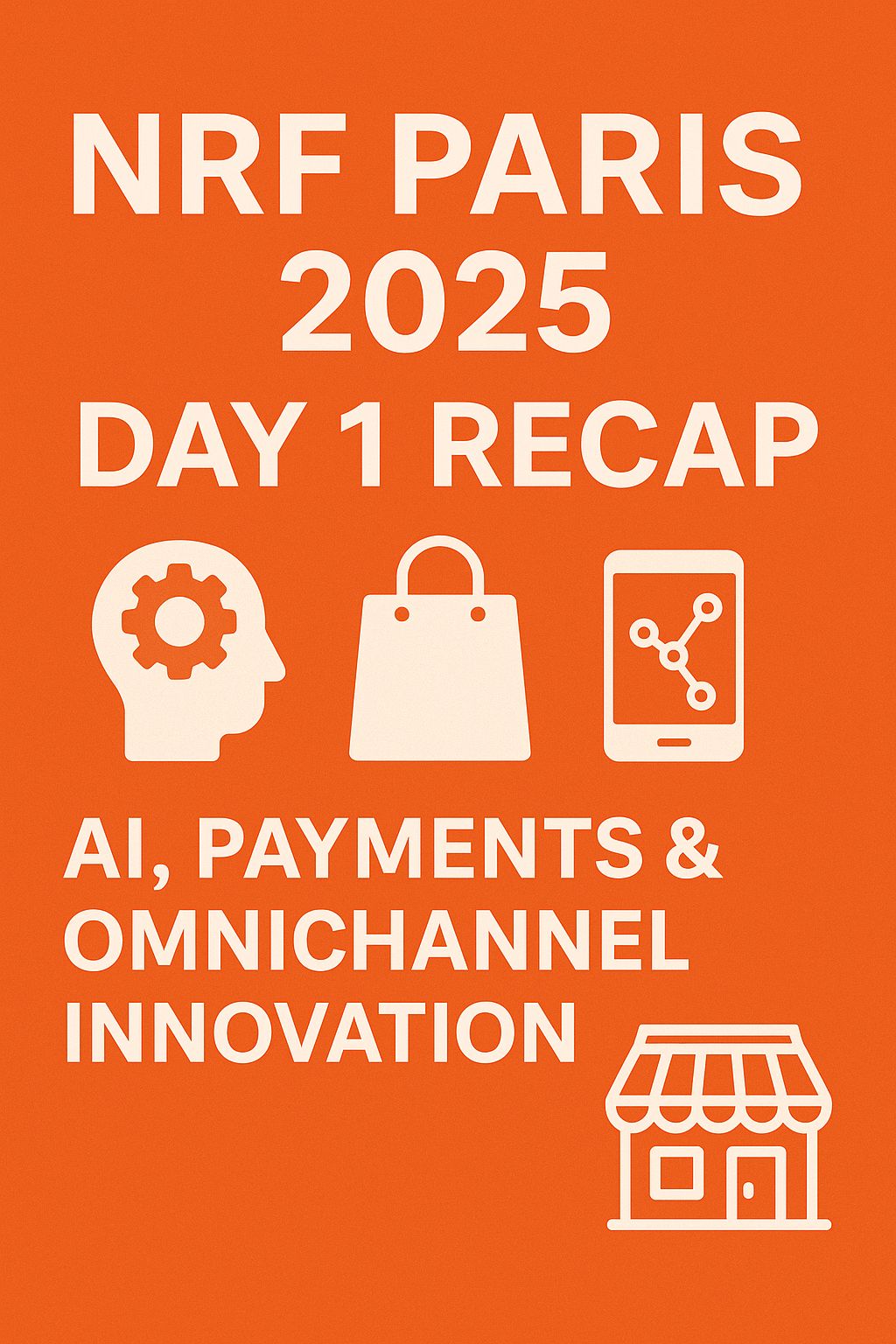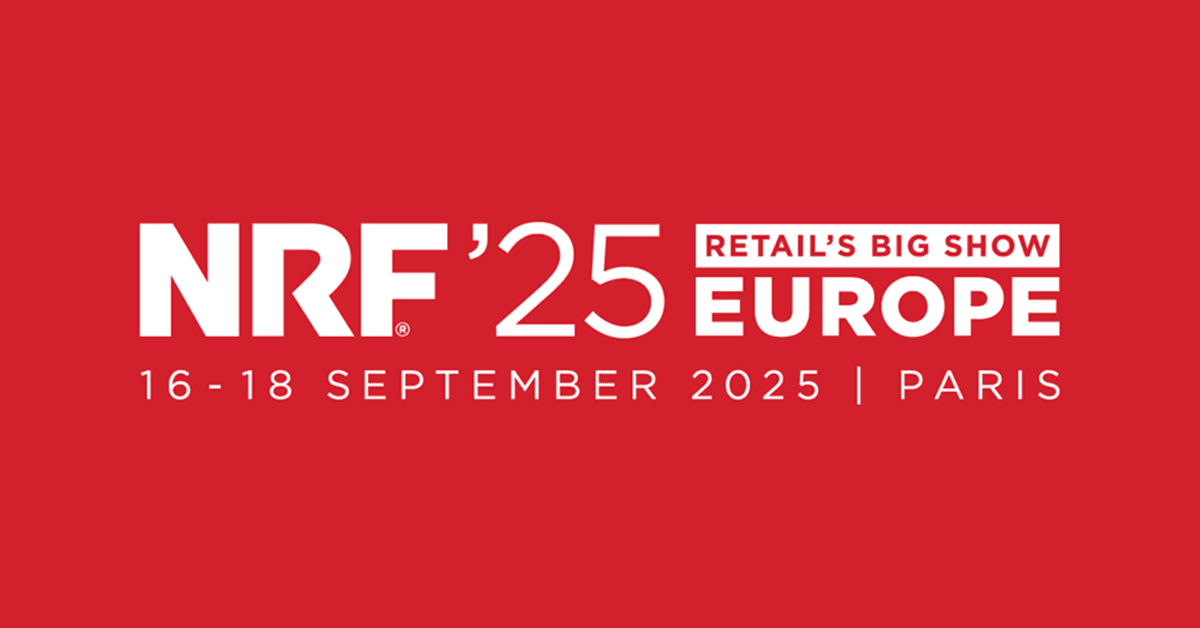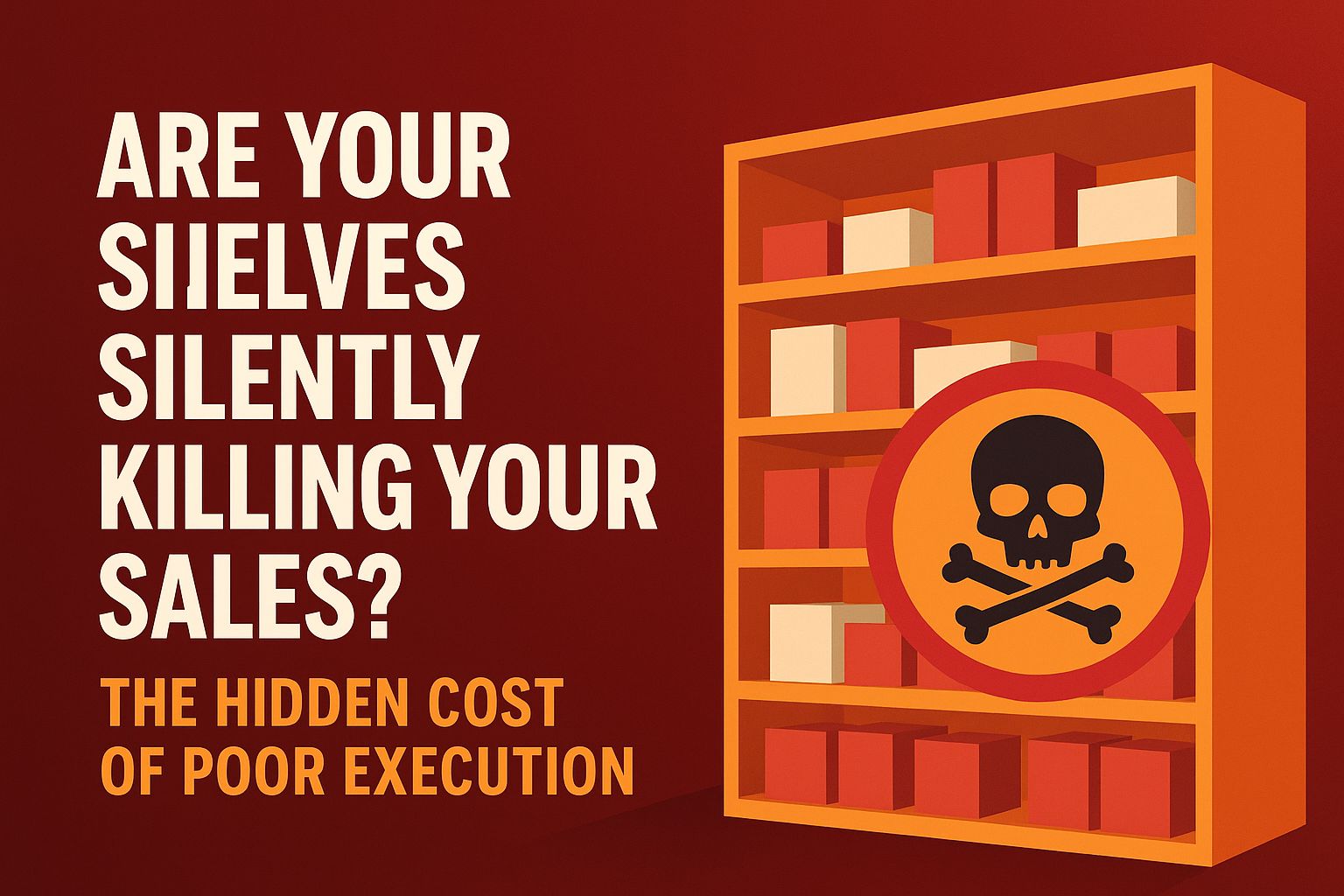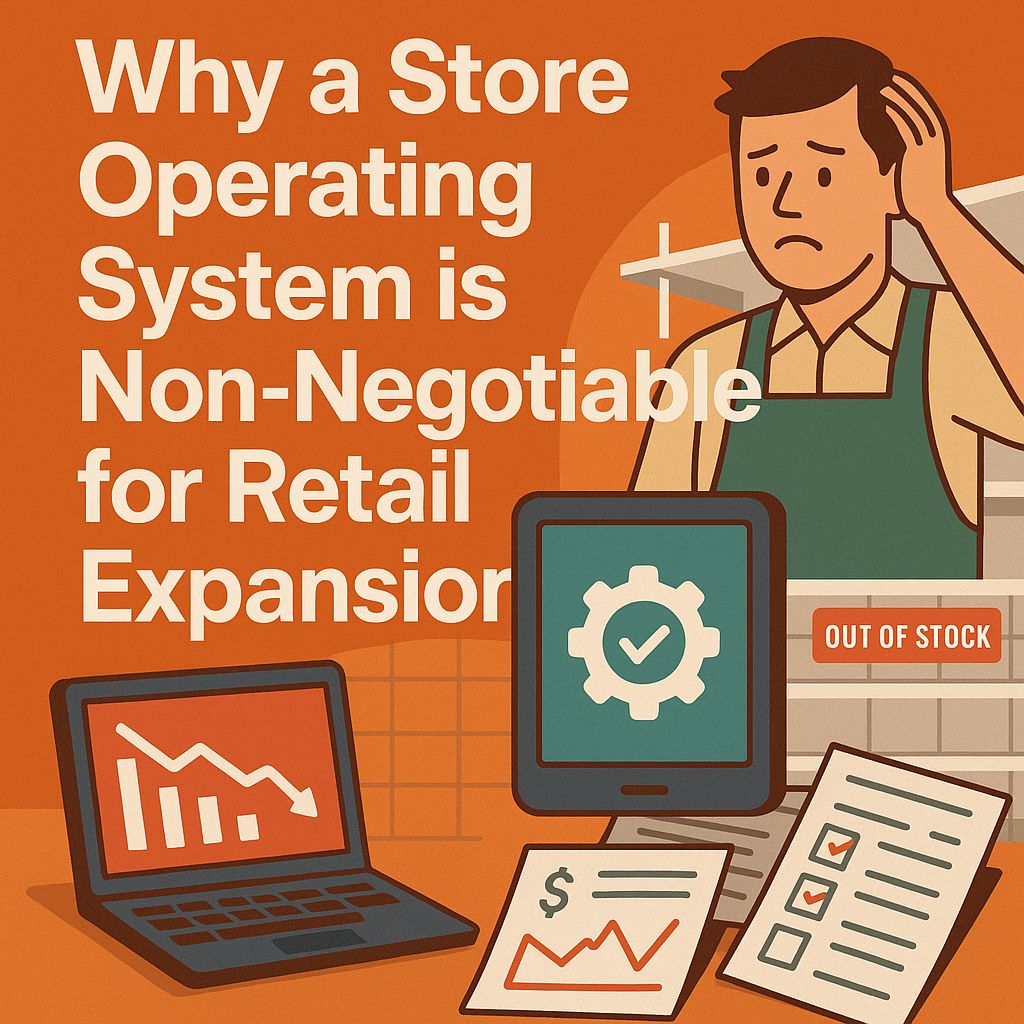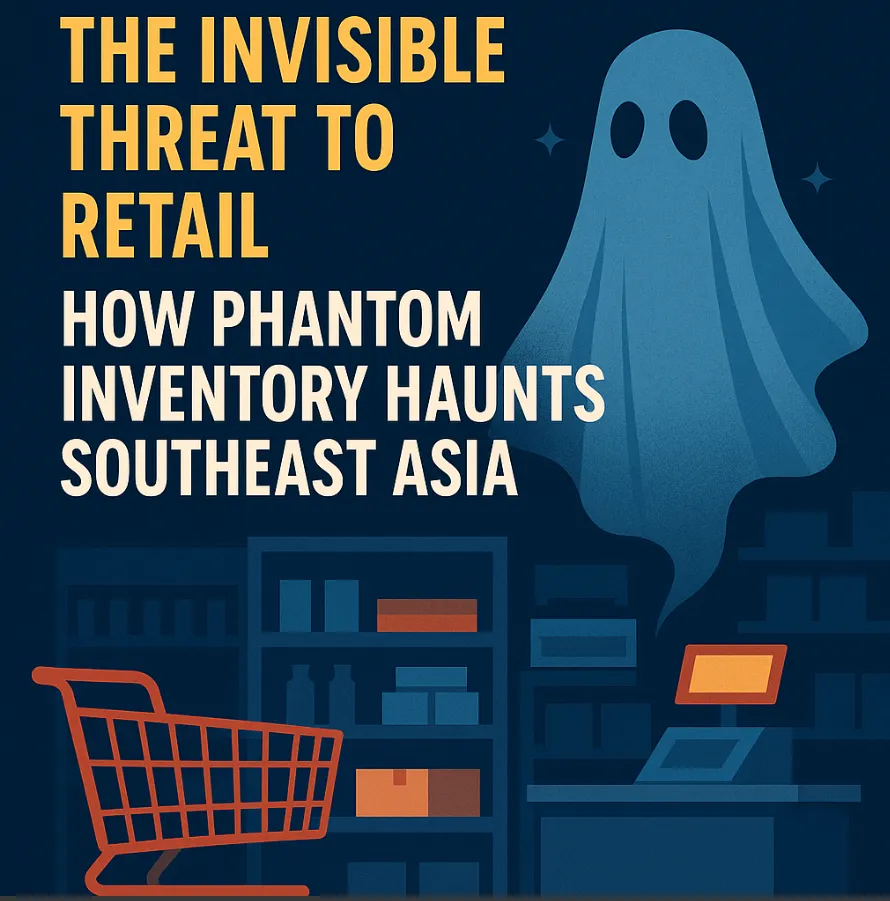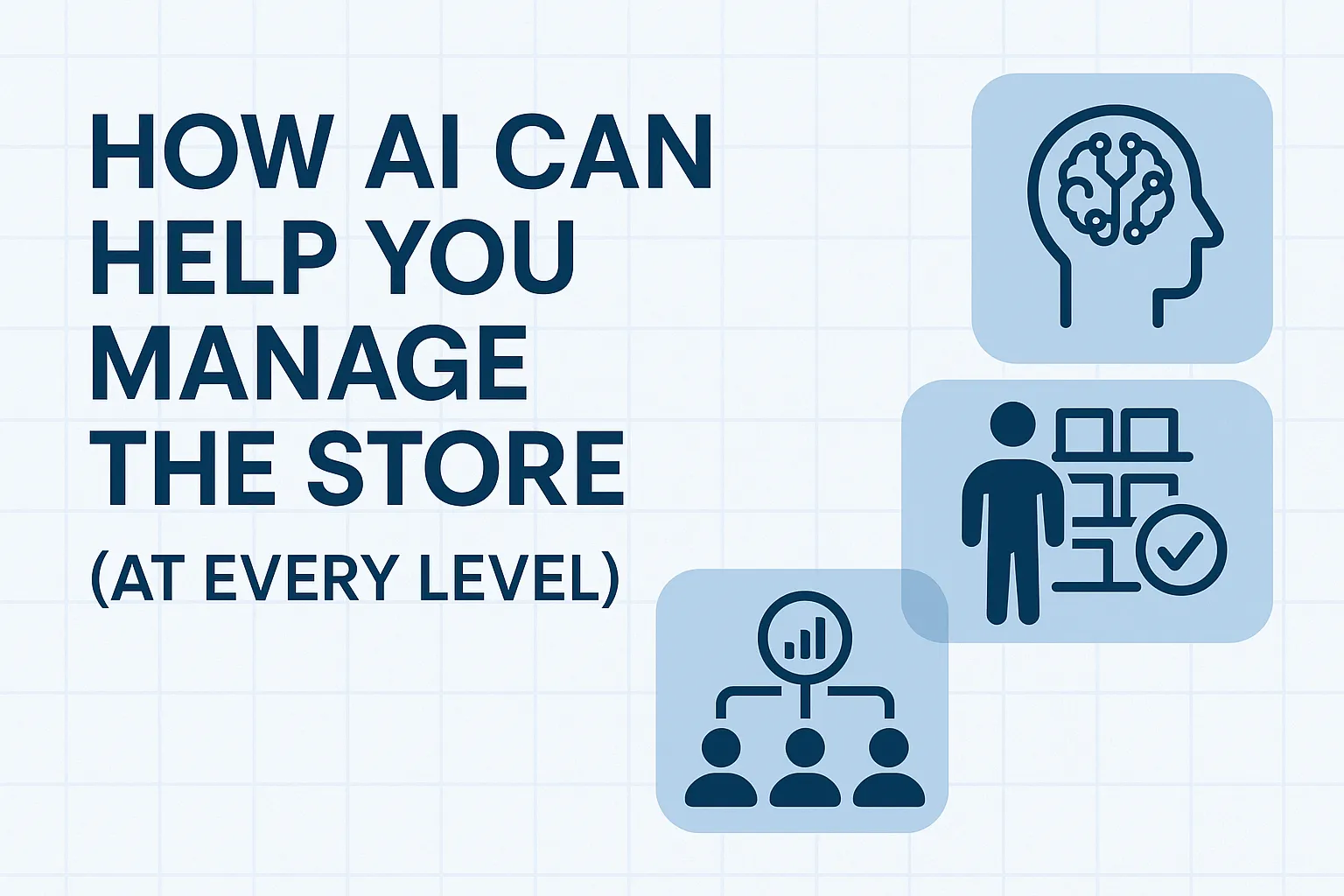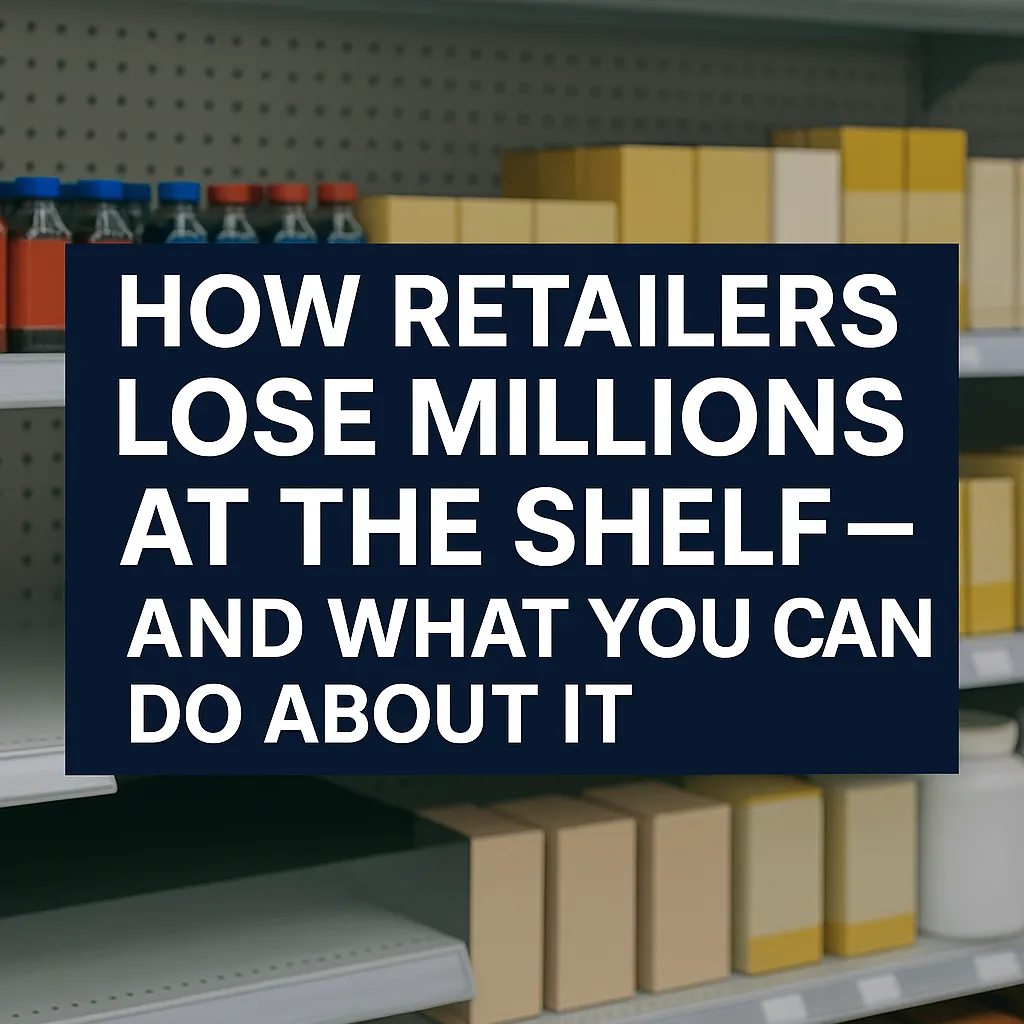Retail
Why Shoppers Walk Away
Learn why product availability is the foundation of customer experience. See how one “Out of Stock” sign can impact sales, loyalty, and reputation and how retail AI can stop it from happening.

Reading Time
0 Minutes
Table of Contents
Expand
Authored By

Lukasz Piotrowski
CEO & Founder
Let's be real, seeing an empty shelf where your favorite product should be is more than just a bummer. It's a total vibe killer for your shopping trip and a silent, but deadly, problem for the brands and stores themselves. When a product is out of stock, it's not just a missed sale; it's a breakdown in trust that can push customers right into the arms of a competitor.
Think about it: You're ready to buy, you've made up your mind, and then... nothing. Just a sad, empty space. This is a powerful psychological moment. And research backs up just how much damage that empty shelf can do.
The Hit to the Wallet: Lost Sales and More
That empty shelf is costing the retail world big time. According to a study by the Food Marketing Institute (FMI) and the Grocery Manufacturers Association (GMA), out-of-stock items are costing the global retail industry a jaw-dropping $1 trillion a year. That figure isn't just about the product that wasn't sold; it's also about all the extra costs that come with unhappy customers and damaged brand reputation.
And it gets worse. A study in the Harvard Business Review shows that the ripple effect of one empty spot is huge. They found that a significant chunk of shoppers between 21% and 41% will go to another store to find the item. And get this: 31% of shoppers will just grab a different brand right then and there. So, that one empty shelf basically hands money and customer loyalty directly to your competition.
The Mind Game: Breaking Trust and Brand Loyalty
The real damage is in a shopper's mind. When a brand is always on the shelf, it builds a quiet promise of reliability. When that promise is broken, even once, it starts to chip away at trust.
This is a classic case of the "substitution effect" from behavioral economics. When a product you love isn't available, your brain looks for the next best thing. Research in the Journal of Marketing found that if this happens a lot, it can seriously hurt a brand's loyalty and even make people less willing to pay for it in the future. The shopper is unconsciously thinking, "If you can't be there for me when I need you, maybe you're not as valuable as I thought."
An empty shelf can also make a brand look bad. Shoppers might start thinking, "Why is this brand always out of stock? They must not be very well-managed." That perception of being disorganized can really tarnish a brand's reputation for quality and reliability. In fact, a Forrester Research survey revealed that 80% of consumers see product availability as a major factor in their overall experience and how they feel about a brand.
The Long-Term Fallout: Losing Customers for Good
All of these little negative moments add up. The research group NielsenIQ calls it "shopper leakage" when out-of-stock issues cause customers to permanently switch to a rival. The end result? Brands have to spend way more money on marketing and promotions to try and win back customers they lost because of a simple, preventable problem.
Ultimately, that empty shelf is a massive red flag. The research is clear: it's a silent killer of sales and a powerful threat to a brand's reputation, trust, and market share.
Sources and Citations
[1] FMI/GMA Trading Alliance. (Various Reports on On-Shelf Availability, e.g., 2018 or 2019). The $1 trillion figure is a widely cited, though sometimes disputed, estimate of global retail losses due to OOS and related inefficiencies.
[2] Harvard Business Review (HBR) / Gruen, T. W., S. Corsten, & S. Bharadwaj. The Cost of Stockouts. (Findings heavily cited across HBR and industry reports, quantifying the direct retail impact and customer response to OOS situations).
[3] Journal of Marketing / Marketing Science Research. (General findings in marketing and behavioral economics studies, which consistently show that repeated OOS reduces perceived brand value and willingness-to-pay).
[4] Forrester Research / Industry Benchmarking Survey. (This statistic is frequently cited across retail technology and consumer experience reports, highlighting availability as a critical component of customer experience (CX)).
[5] NielsenIQ. (NielsenIQ Consumer Panel Surveys and retail analysis reports often use the term "shopper leakage" to describe the permanent loss of customers or baskets to a competitor due to OOS issues.)
About the author: Lukasz Piotrowski is the CEO of OmniShelf, a company dedicated to empowering retailers with innovative solutions for optimized shelf execution. With extensive experience in retail technology, he is passionate about helping businesses overcome operational challenges and drive profitability at the point of sale.
INSIGHTS & UPDATES
Explore More from the OmniShelf Blog
Stay ahead of the curve with deeper insights, product updates, and industry trends shaping the future of retail technology. Discover more stories that matter to your business.
